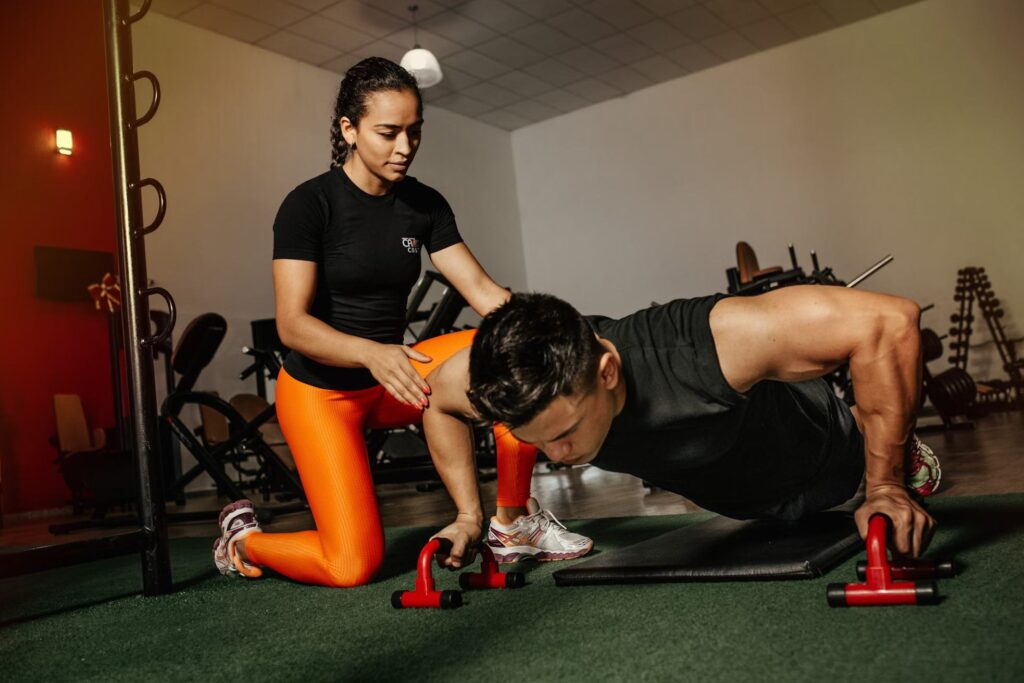
Sporting facilities offer athletes and enthusiasts a space to hone their skills, push their limits, and enjoy physical activity. However, with the thrill of sports and recreational activities comes the inherent risk of injury.
Ensuring the safety of athletes should be a top priority for facility owners and managers. Implementing effective safety measures not only protects athletes from harm but also fosters a culture of trust and confidence among participants and their families.
In this article, we’ll discuss essential safety measures that sporting facilities must have to safeguard athletes.
Foam Pit Cubes
Foam Factory notes that foam pit cubes serve as crucial safety features in sporting facilities, particularly in activities involving jumps, flips, and acrobatics. These cubes are typically made from high-density foam, engineered to absorb impact and reduce the risk of injury upon landing.
Foam pit cubes must be securely anchored during installation, without gaps or uneven surfaces, to prevent tripping hazards and ensure safety. Regular maintenance, including fluffing and rotation of cubes, helps maintain their integrity and effectiveness over time.
Improper maintenance and installation can lead to critical injuries and accidents. According to NBC News, two attendees at TwitchCon 2022 were gravely injured after jumping into an improperly secured foam pit.
When buying these cubes, it’s essential to explore high-quality foam cubes that meet industry safety standards. Facilities should invest in cubes with the appropriate density and firmness to provide effective cushioning while maintaining durability over time.
Equipment Maintenance and Inspection
Regular maintenance and inspection of sporting equipment are imperative for identifying potential safety hazards and preventing accidents. Facility managers should implement a systematic inspection schedule, checking equipment for signs of wear, damage, or malfunction.
This includes examining structural components, securing loose bolts or fasteners, and inspecting padding and safety nets for integrity. Any equipment found to be defective or unsafe should be immediately taken out of service until repairs can be made. By prioritizing equipment maintenance and inspection, sporting facilities can uphold safety standards and protect athletes from preventable injuries.
Adequate Staff Training
Training staff workers in safety measures and emergency procedures is critical for ensuring a safe atmosphere in athletic facilities. Personnel should be well-trained in equipment operation, injury prevention techniques, and emergency response processes.
This involves training in first aid, CPR, and the use of automated external defibrillators (AEDs) to respond to medical situations quickly. NIH notes that AEDs can be used to save the lives of cardiac arrest victims.
Regular refresher courses and ongoing professional development ensure that staff members remain knowledgeable and proficient in safety practices. By investing in staff training, sporting facilities can enhance their ability to prevent accidents and respond effectively to emergencies.
Participant Education and Supervision
Educating athletes and participants about safety guidelines and expectations fosters a culture of awareness and responsibility in sporting facilities. Facilities should provide clear and accessible information on safety rules, proper equipment usage, and risk mitigation strategies. Coaches, instructors, and lifeguards play a crucial role in enforcing safety protocols and providing supervision during activities.
Regular safety briefings and reminders help reinforce the importance of adhering to safety guidelines and staying vigilant during training sessions or competitions. By empowering participants with knowledge and promoting active supervision, sporting facilities can minimize the likelihood of accidents and injuries.
Emergency Preparedness and Communication
The American Orthopedic Society for Sports Medicine reports that sudden cardiac arrest (SCA) stands as the foremost cause of death among student-athletes. Approximately 23,000 individuals under 18 years old suffer from SCA, with sports-related incidents comprising nearly 40% of these occurrences.
As a result, effective emergency preparedness and communication protocols are essential for mitigating risks and responding promptly to incidents in sporting facilities.
Facilities should create detailed emergency action plans that detail protocols for evacuations, medical emergencies, and communicating with emergency services. Regular drills and simulations assist workers in becoming familiar with emergency measures and enable a coordinated reaction in high-pressure situations.
Clear signage, emergency contact information, and communication systems should be readily available throughout the facility to guide athletes and visitors to safety. By prioritizing emergency preparedness and communication, sporting facilities can enhance their ability to protect athletes and mitigate potential risks.
FAQs
What are foam pit cubes made of?
Foam pit cubes are typically constructed from polyurethane foam. Despite potential fading or yellowing under fluorescent light, this doesn’t affect their durability or ability to absorb energy. This ensures that they remain effective and safe for use over time.
How is an AED used?
An automated external defibrillator (AED) is used by placing electrode pads on a person’s chest, following the device’s voice prompts. An electric shock is delivered if advised. The shock aims to restore normal heart rhythm in the event of sudden cardiac arrest.
What causes sudden cardiac death in athletes?
Sudden cardiac death in athletes can stem from underlying heart conditions like hypertrophic cardiomyopathy and coronary artery anomalies. These conditions, often undetected, can be triggered by the physical demands of sports activities.
In conclusion, safeguarding athletes in sporting facilities requires a comprehensive approach. This includes investing in high-quality foam pit cubes, maintaining equipment rigorously, and providing thorough staff training.
Educating participants about safety protocols and fostering awareness further enhance safety. Additionally, prioritizing emergency preparedness and communication ensures swift responses to incidents. These measures create an environment where athletes can pursue their passions with confidence.

Lifebing is driven by an unrelenting passion for promoting health and well-being, our team is wholly committed to curating exceptional content and immersive experiences.
